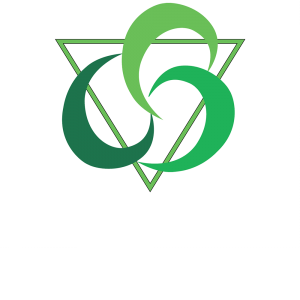The science of why we are taught to work slowly and use light pressure when applying the Bowen technique
“I’m sure everyone, through the course of their Bowen studies has at one time or another been told to slow down and use less pressure when doing the Bowen move. Working lightly and slowly was a foreign concept to me when I was introduced to the Bowen technique. After 6 years of being a professional athlete, I was used to being forcefully manipulated or aggressively massaged when it came to injury rehabilitation and so when I started doing Bowen I could see by the looks on my client’s faces that I was using too much pressure.
It took me a long time to drop the habit of working too hard, and the reason why Bowen practitioners (myself included) claimed to get better results when working gently, was always something that perplexed me. Then in June I picked up my Psychology textbook and while studying impulse conduction in the nervous system I finally found out why using a softer Bowen approach got better results.
The Bowen move when performed on a bodily structure sends information via sensory nerves to the brain about that specific structure. When the info arrives at the brain it is pushed around between the different areas of the brain where a response is made according to the information received. The response is sent back to the structure via motor nerves and certain adjustments then made. (Hence the waiting period in Bowen after moves so as not to interfere with the body’s response.)
So now you might ask, how does working lightly fit into this complicated process of impulse conduction? The info sent from the bodily structures to the brain is done so via a special kind of electrical charge called an ‘action potential.’ Now importantly an action potential is an all or nothing event and what this means is that the energy of the action potential is derived from the nerve cell itself and not the stimulus. Therefore the strength of the stimulus does not change or alter the speed of impulse conduction along the nerve. It can be compared to firing a bullet from a gun. If you pull the trigger, the gun fires (the bullet does not travel faster if you pull harder on the trigger).
Applying this principle to the Bowen technique is simple. Fast, hard pressures while performing Bowen moves does not relay sensory info to the brain quicker and stimulate a faster, healing response in the body. If anything too much pressure sends the body into overstimulation mode and the response from that is probably not going to be a healing one, but rather a fight or flight response (the exact opposite you ware wanting as we are trying to take the body out of sympathetic stimulation into parasympathetic stimulation so as to restore and sustain normal functioning).
So try to remember that when we work slowly and lightly on a body, we are working with the body’s innate, natural healing impulses. We are in partnership with the body in its healing. Trying to force our will onto and aggressively treating our bodies, we arrogantly assume that we know better how to heal our bodies than the perfection of nature does.”
By Sean Johnson, Instructor, South Africa
Originally printed in Bowen Hands, March 2013
Photo Credit here: [1] practicalowl via [2] Compfight [3] cc
Links:
1. https://www.flickr.com/photos/55046645@N00/390316397
2. https://compfight.com
3. https://creativecommons.org/licenses/by-nc/2.0

